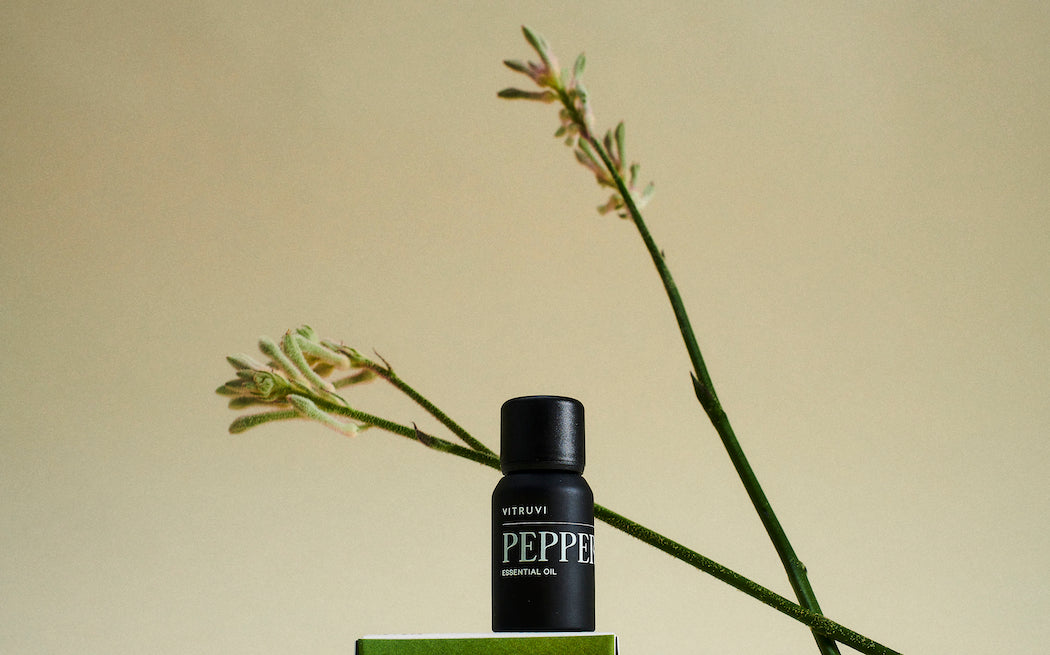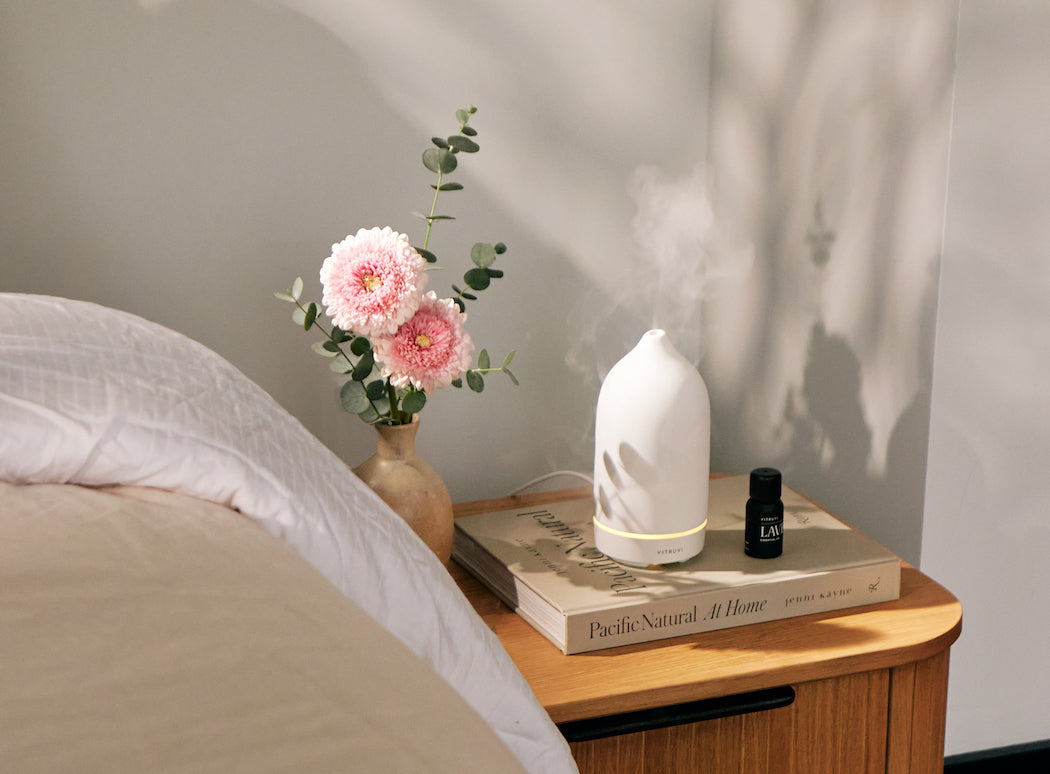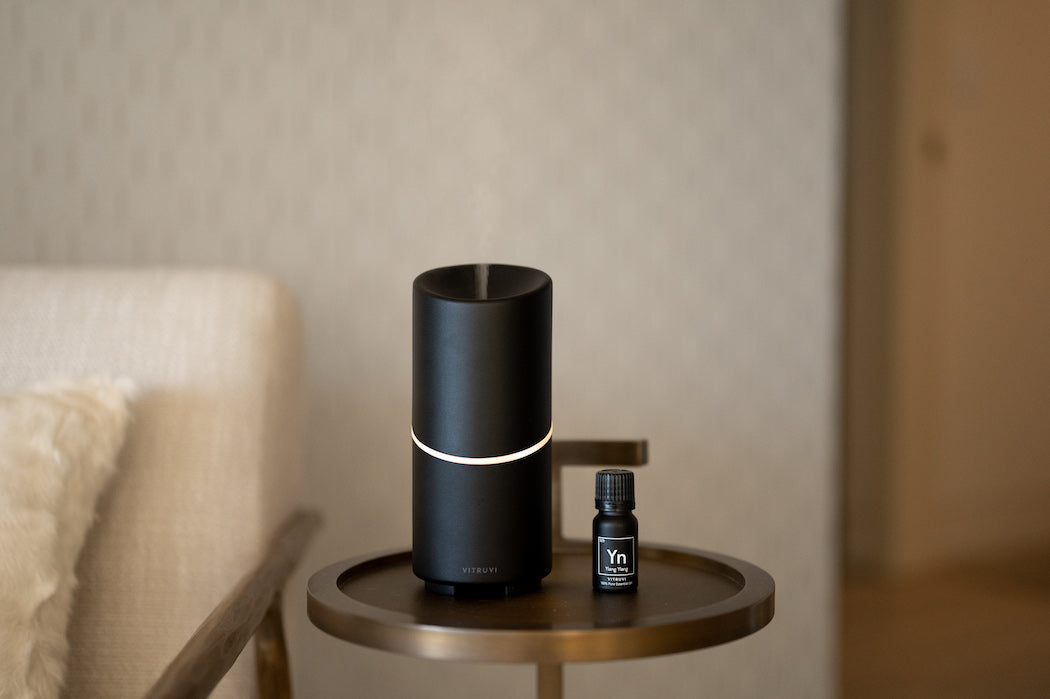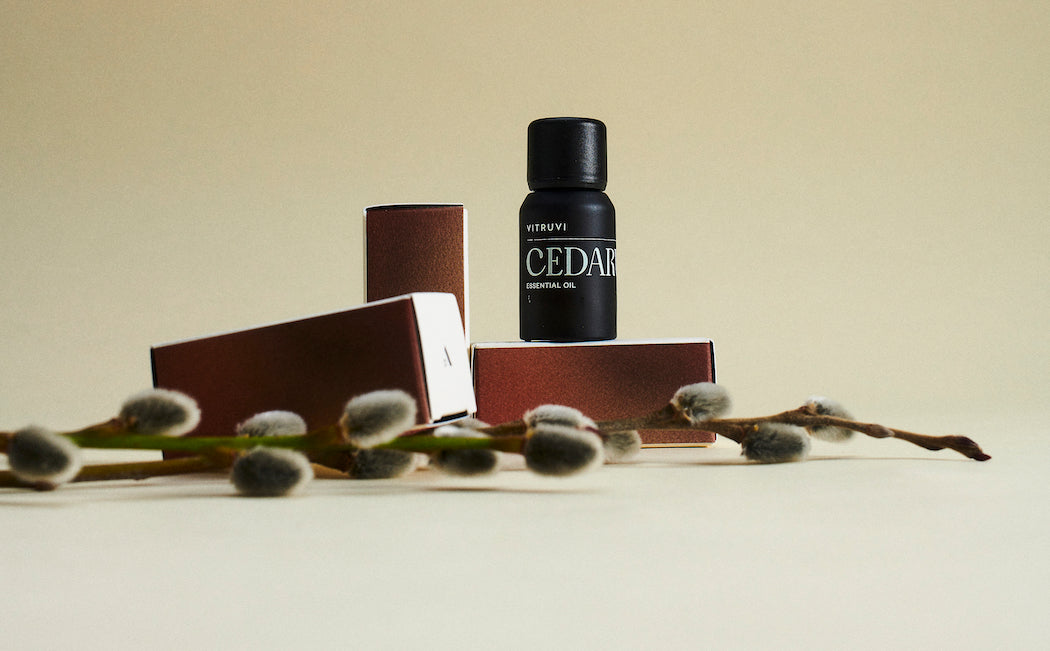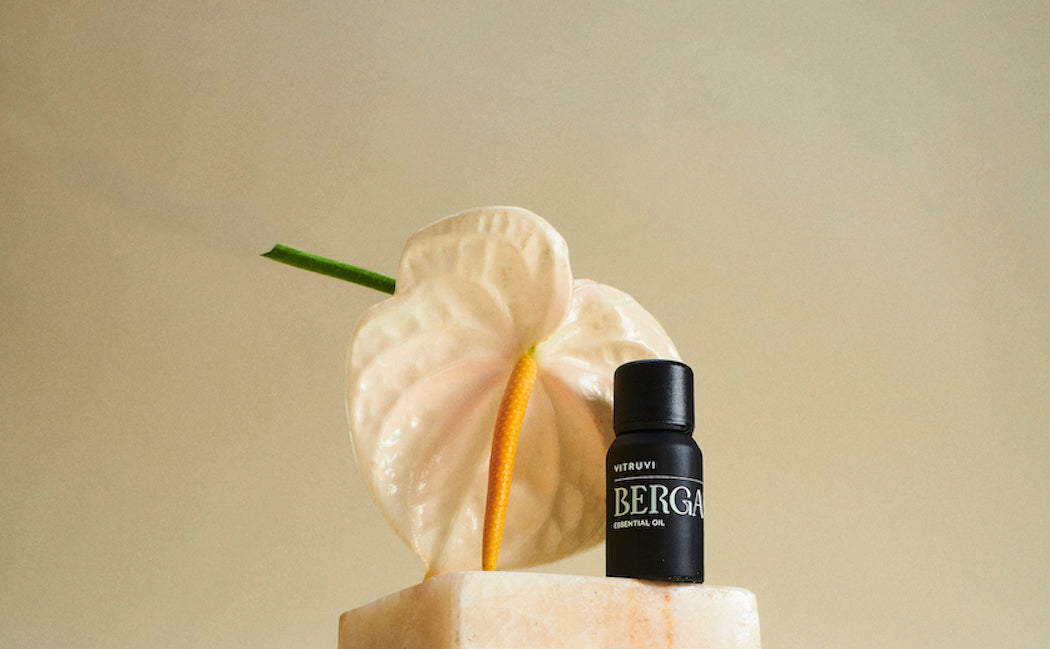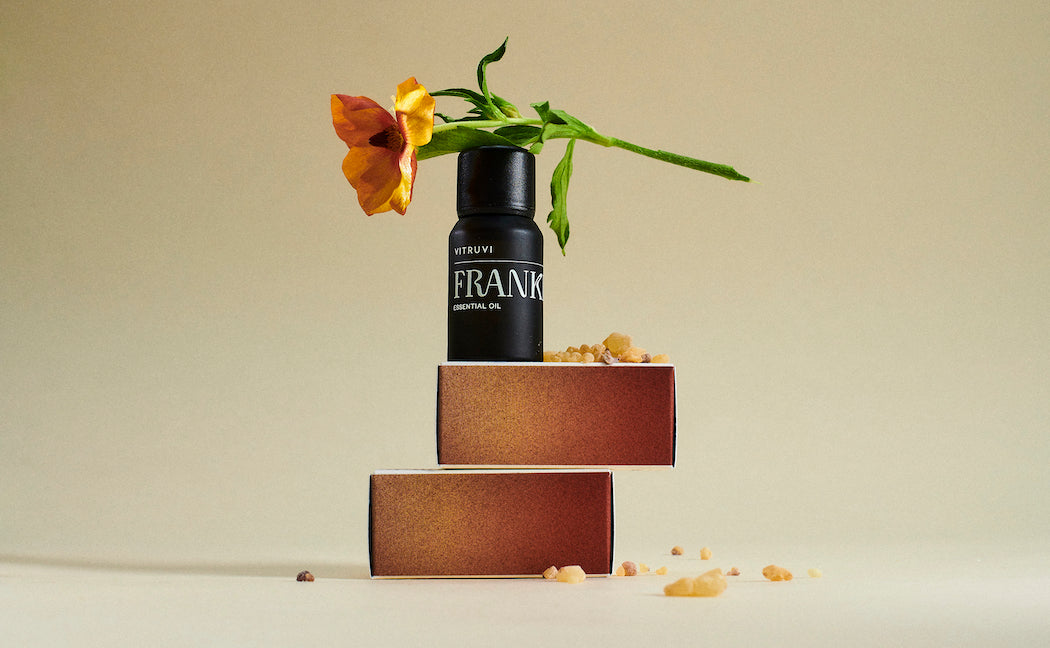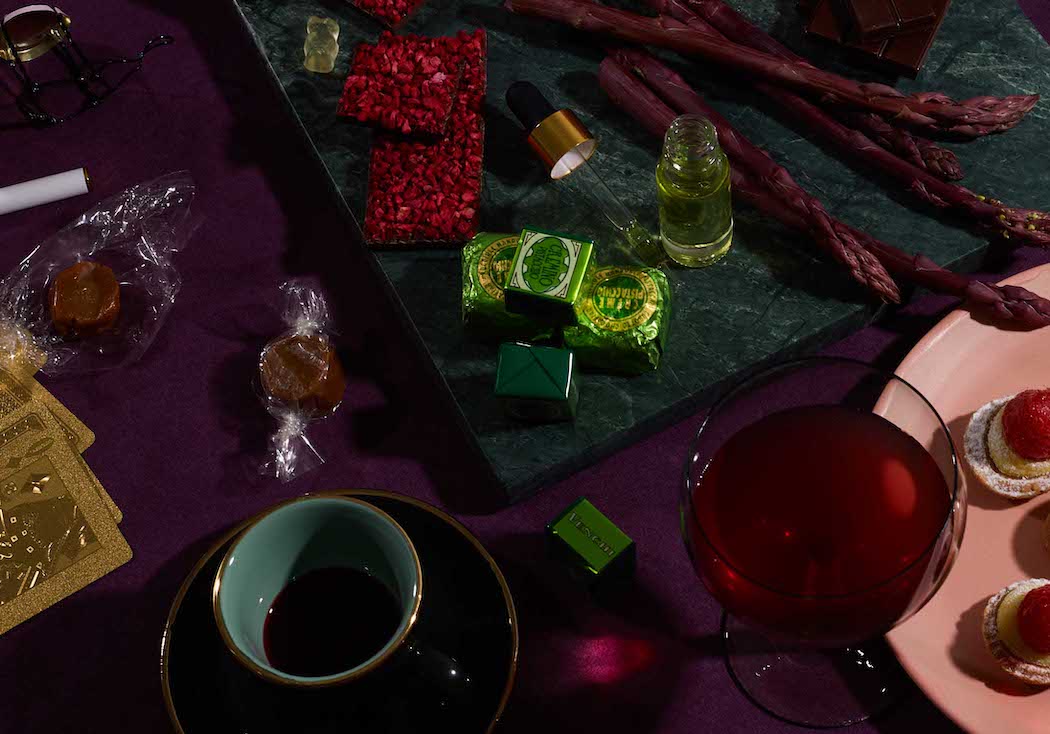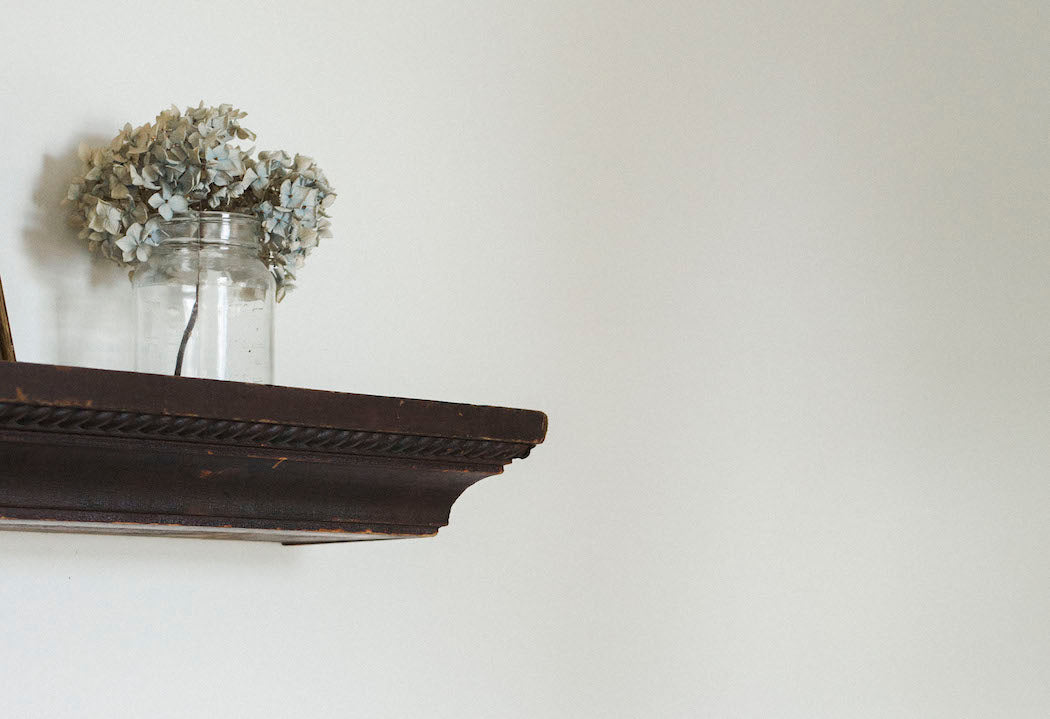Editor’s note: The following treatments were received many weeks ago—before the coronavirus pandemic forced North Americans to practise social distancing and self-isolation. We have chosen to move forward with publishing this piece because we believe that self-care is more important than ever, as is our desire to help our readers find inspiration and escape.
In the past several years, IV therapy clinics have been popping up all over North America, promising increased immunity, hydration, energy boosts, and even radiant skin. This last claim especially piqued my interest.
When the trend first started, I thought of IV vitamin therapy as a hangover cure or an antidote to feeling jet-lagged and under the weather, but had never considered it as a beauty treatment. The idea is that nutrients can be more readily absorbed when administered directly into the bloodstream versus taken orally and digested—so the right cocktail of antioxidants, vitamins, and minerals can help your skin produce collagen, heal itself, and neutralize free radicals. Like a facial from the inside out.
What is IV therapy?
“IV drips can benefit the skin by giving us antioxidant, anti-inflammatory, cell-communicating, metabolism-enhancing ingredients,” says medical aesthetician Holly Cutler, who offers IV nutrient therapy at her medical spa in Michigan, “as well as essential hydration, which is critical for proper skin function.”
At Lume Wellness in Chicago, one of the custom IV drips is the Glow Getter: a mix of Vitamin C, glutathione, magnesium chloride, Vitamin B complex, and biotin. Glutathione is an antioxidant that prevents cellular damage and helps the body make protein (including collagen), while biotin is beneficial because its deficiency is associated with hair loss, brittle nails, and dry skin. I calculated that an IV drip costs about the same as a facial, so I swapped my regular facials for bi-weekly Glow Getter IV drips for three months at Lume to see if I’d notice a difference in my skin.
There haven’t yet been many scientific studies done on the benefits of regular IV therapy, and medical experts are divided on this new wellness trend—with many pointing out that unless individuals have a vitamin deficiency, many of the water-soluble nutrients will simply be excreted via urine. However, Cutler is a firm believer in its efficacy. “Conventional medicine has not yet recognized IV therapy, although many hospitals have adapted IV therapy as conjunctive therapy with cancer patients,” she says. “Even if you are not deficient in a specific nutrient, IV vitamin therapy is an overall anti-aging, cell-stimulating, and detoxifying treatment helpful to your skin and body.”
With so many clinics popping up and very little oversight, be careful where you choose to try IV therapy. There are inherent risks of infection, inflammation, and bruising, but you can minimize these when working with experienced and professional providers; by law in the United States, only registered nurses should be preparing IVs. Ask your provider what sort of hospital experience he or she has, pay attention to the facility’s sterilization protocols, and feel free to ask lots of questions.
“Generally, a good rule of thumb for people who are new to this type of environment is to look for cleanliness within the environment and knowledgeable, well-trained staff,”says Lume’s lead nurse Mimi Dabbouseh. At Lume, all medical supplies are prepared fresh daily to preserve the ingredients, and drips are mixed to order.
How does IV therapy work?
Each time I visited Lume, the nurse started by taking my blood pressure, then tying my arm off with a tourniquet to find a juicy vein to puncture. After the needle was inserted, I’d settle into a private nook in their dim relaxation area and the nurse would hook me up to my IV drip. Resting my arm on a pillow, I’d drape a blanket over my lap and sip a cup of tea while reading a book, checking emails on my phone, or just relaxing and listening to music.
Depending on the diameter of the needle, the size of your vein, and how high the bag of fluid is hung, it usually takes between 45 minutes and an hour for your body to absorb the full litre of fluid. It feels cold but not too icy entering the vein, and after a few visits, I found that inserting the needle in the crook of my elbow was the best bet to avoid bruising. It’s really a pretty peaceful and comfortable hour, and it surprised me how much I started looking forward to my IV drip ritual as a time for rest and relaxation.
After each visit I felt hydrated, which translated to a morning-after plumpness and glow. Since I’ve started my IV drips, I haven’t had any breakouts during my period, when I typically get hormonal acne. Plus, the uneven texture on my cheek from acne scarring that has bothered me for years seems to be a little less discernible. I don’t think I’m chronically deficient in any one particular vitamin, but with my hectic digital nomad lifestyle, there are certainly stretches when I’m not eating the most balanced and healthful diet, or when I’m not getting enough sleep. A regular IV drip boost, whether that’s bi-weekly or monthly, has become my preventative power-up to help my body take care of itself.

